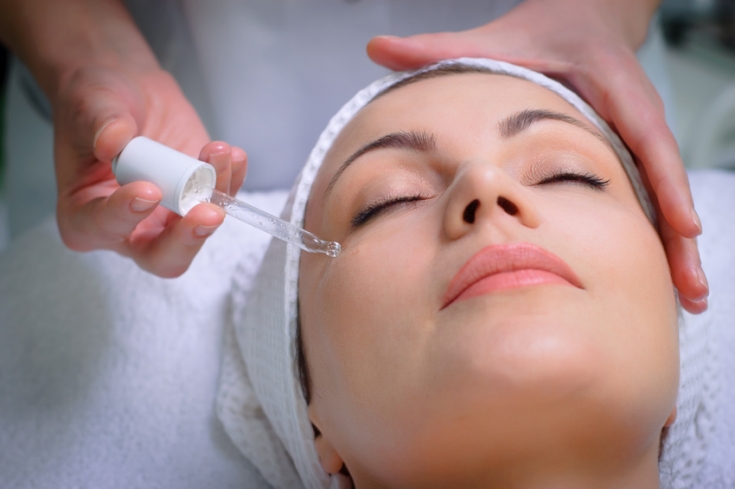The peeling procedure in aesthetic medicine belongs to the category of the most popular and demanded procedures. Regardless of how the skin is cleansed of dead cells and impurities, patients are always interested in such procedures. But not everyone knows that not only facial skin peeling is very effective, but also peeling around the eyes. With this procedure, several problems of the periorbital region can be solved at once. About how to properly peel around the eyes, and what important points to remember – read on estet-portal.com in this article.
Peeling around the eyes: important recommendations for the procedure
The eye peeling procedure is very effective and patients are often interested in it.
Peeling of the periorbital area, which can be carried out both with the help of acids and under the influence of hardware methods, has a pronounced effect of correcting the aesthetic shortcomings of this area.
However, since the area around the eyes is quite delicate, before performing the procedure, the specialist should be well acquainted with all the subtleties and features of working in this area. This approach provides not only a pronounced effect, but also the safest result of the procedure.
Peeling around the eyes:
• what problems of the periorbital zone does peeling around the eyes solve;
• types of peeling around the eyes: chemical and hardware methods;
• peculiarities of the peeling procedure around the eyes.
What problems of the periorbital zone does peeling around the eyes solve
Peeling procedure around the eyes is performed by aesthetic medicine specialists in order to solve the following problems of the periorbital zone:
• to remove dead cells of the stratum corneum, which creates favorable conditions for the effects of cosmetics;
• for correcting dark circles under the eyes and pigmentation;
• to reduce the severity of fine mimic wrinkles around the eyes;
• to enhance lymph drainage, and, as a result, reduce swelling of the tissues of the periorbital region;
• to prepare the skin for subsequent cosmetic procedures.
In all these cases, peeling around the eyes can significantly improve the condition of the tissues of the periorbital zone.

Types of peeling around the eyes: chemical and hardware methods
Peeling around the eyes can be both chemical and hardware. In the first case, peeling compositions are applied to the skin of the periorbital zone, such as:
• almond and milk peelings – the most gentle peeling compositions that have a very mild effect on the skin;
• glycol peeling – has a relatively mild effect, but allows you to achieve a pronounced effect of improving the quality of the skin;
• retinoic peeling – provides an antioxidant effect, and also saturates the skin with vitamins;
• enzyme peeling – contains substances that break down keratin and collagenase,
Peculiarities of the peeling procedure around the eyes
After peeling around the eyes, side effects may occur. Most often, the patient is concerned about Peeling around the eyes – one of the most effective methods to improve the quality of the skin of the periorbital zone.
If a specialist chooses high-quality peeling products, and adheres to all the important recommendations and rules for the procedure – its result promises to be as satisfactory as possible. estet-portal.com thanks you for your attention.
Read also:
How to choose a peeling for facial skin, depending on the age of the patient









Add a comment